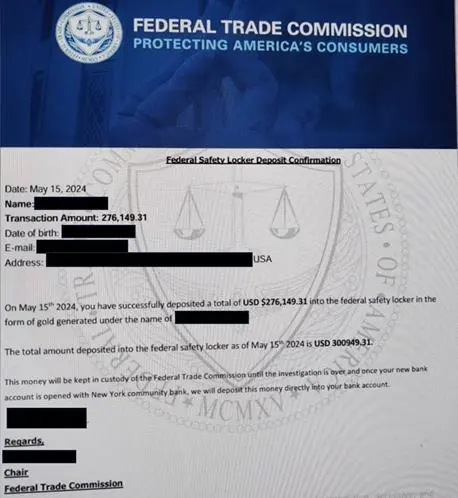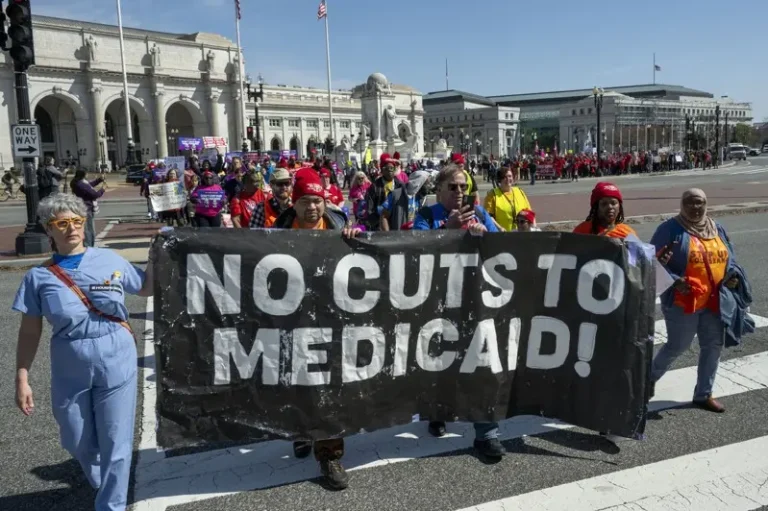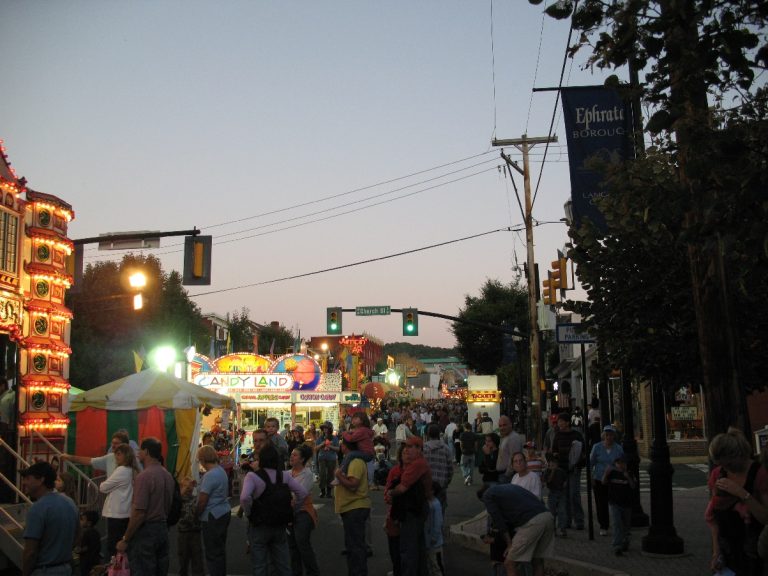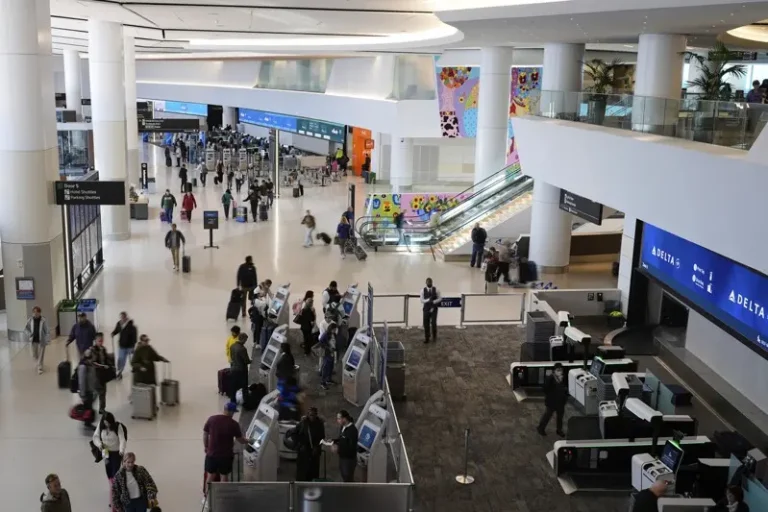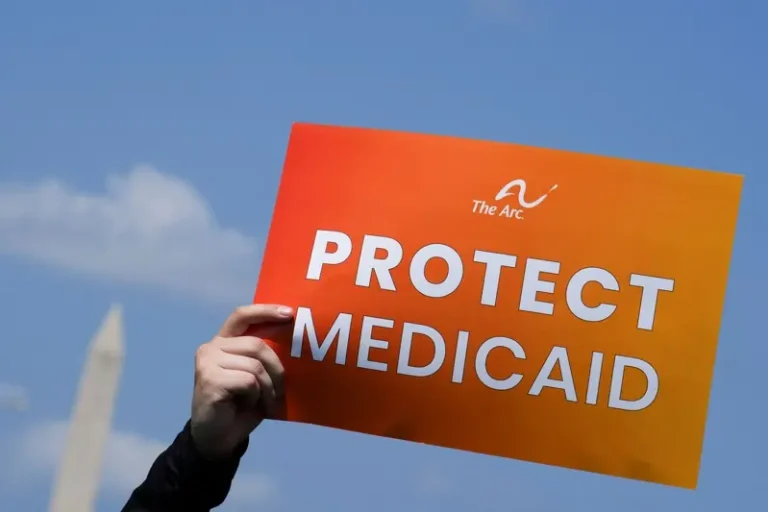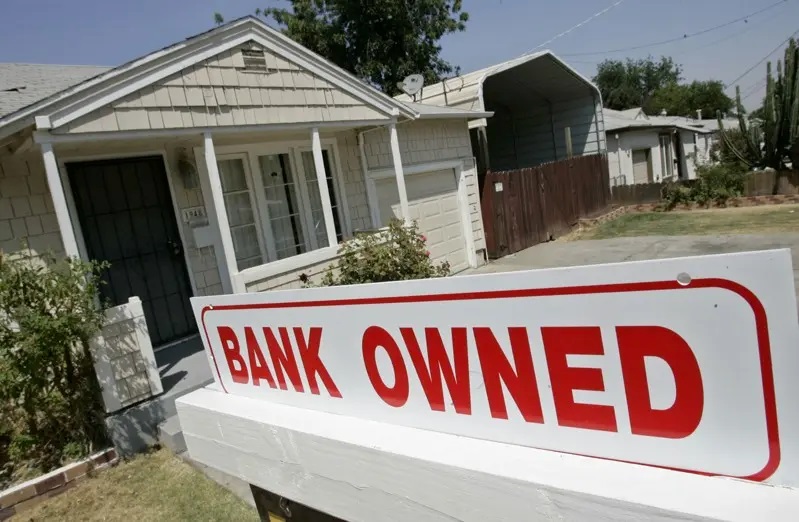
New York City has added 408 foreclosure applications this spring, up 11% from the same period last year, including high-priced areas such as Park Avenue in Manhattan. Analysis shows that the increase in foreclosures shows that mortgage pressure has spread to all districts of the city, and even wealthy communities are not immune.
According to the second quarter report of 2025 released by the real estate platform PropertyShark.com, Brooklyn had 129 first-time foreclosure applications, the most in the city, an increase of 36% year-on-year. Queens followed closely with 128 cases, a decrease of 20% from the same period last year. Last year, Queens had the most foreclosure cases in the city.
The Bronx had the largest annual increase, from 33 to 57, an increase of 73% year-on-year, a record high in the past five years. Staten Island had 48 cases, an increase of 25% from the same period last year. Manhattan had 46 cases this quarter, the least, but 8 of them were concentrated in the wealthy zip code 10022, including the Park Avenue area, reflecting that the foreclosure phenomenon has spread to high-asset areas.
Chinese lawyer Guo Huaihong said that the increase in foreclosure houses is related to overall economic pressure, including high interest rates, rising prices, unemployment or income interruption. He said, “Income has not increased, but mortgage interest has increased, and house prices have not increased. Some people can’t hold on, so they let the bank enter the foreclosure process.”
He pointed out that many homeowners do not understand the foreclosure process and miss the opportunity to negotiate. “If they can pay back part of the mortgage amount, the homeowner can take the initiative to contact the bank to apply for adjustment of repayment conditions, and the bank may not want to go to the stage of foreclosure.”
According to statistics, one-third of the city’s foreclosure cases are two-family homes. This type of house type has increased by 25% year-on-year and is the main type. Single-family home foreclosures fell slightly by 2%. Canarsie and East Flatbush in Brooklyn had 17 cases, the most in a single area this season.
Kuo Huai-hong said that many buyers would pay attention to the resale potential of foreclosure properties, but he reminded that such transactions are risky. “Most foreclosure houses cannot be inspected inside, and the interior may be severely damaged, and the cost of renovation is difficult to estimate.” He suggested that investors fully assess the risks and renovation costs to avoid buying a house at a low price but spending a lot of money to renovate it.
In the case of economic instability and no signs of a decline in interest rates, the number of foreclosure houses may increase. Lawyers suggest that if homeowners face repayment difficulties, they should seek help as soon as possible to avoid the property being auctioned by the court.

